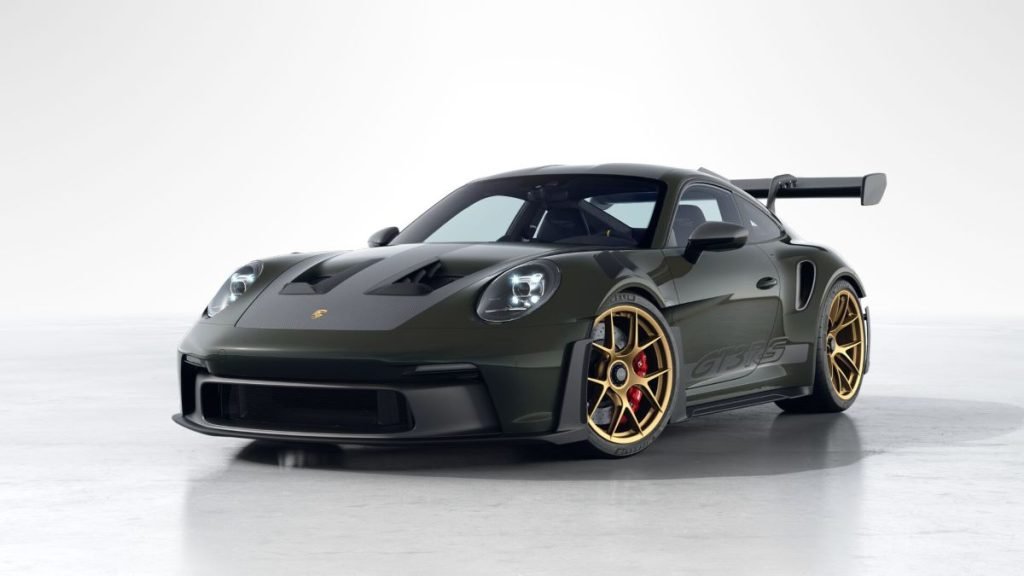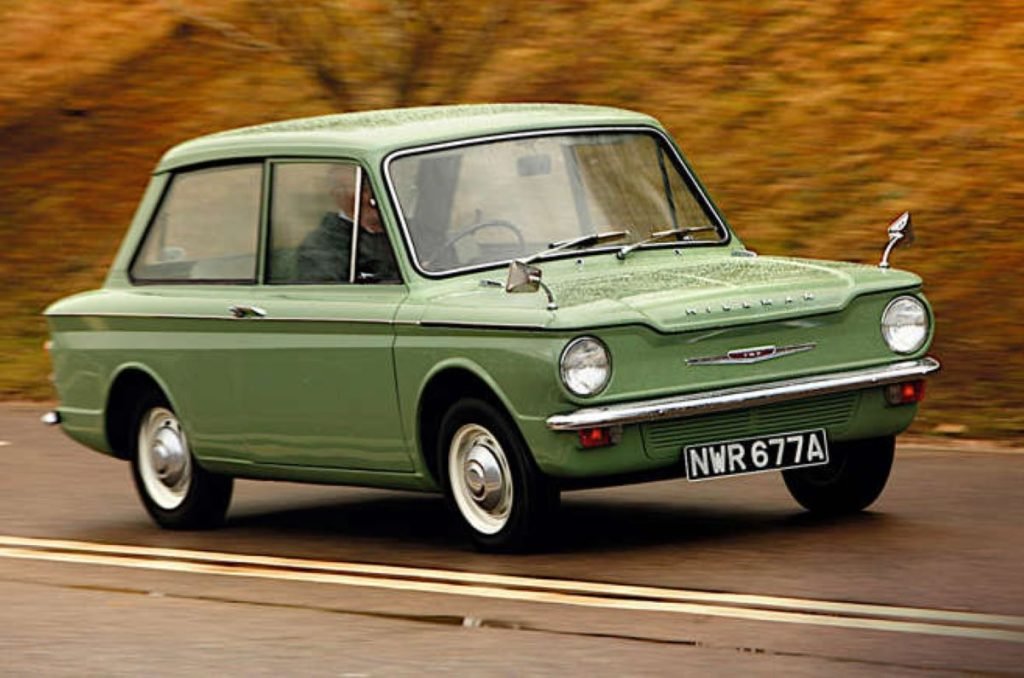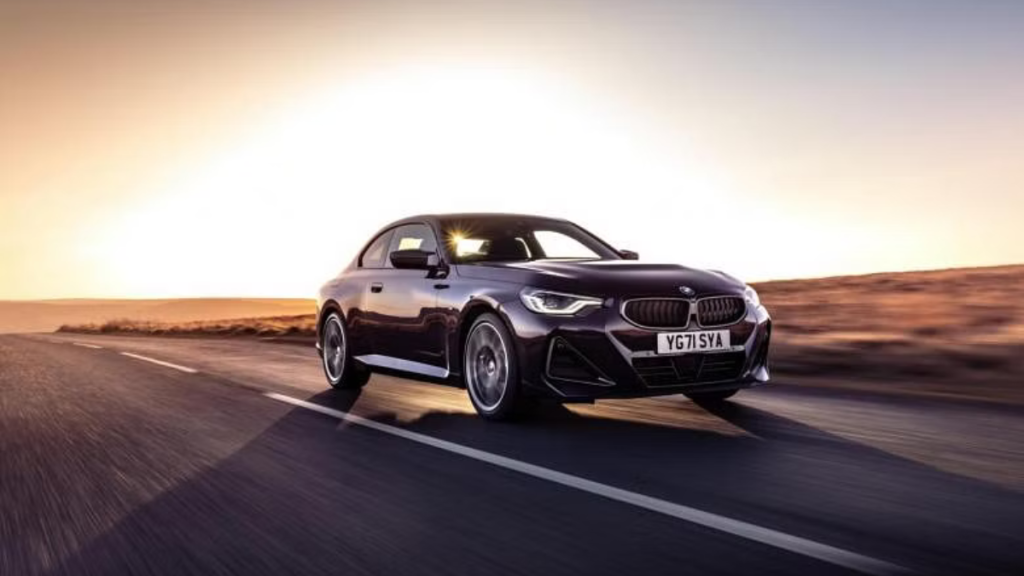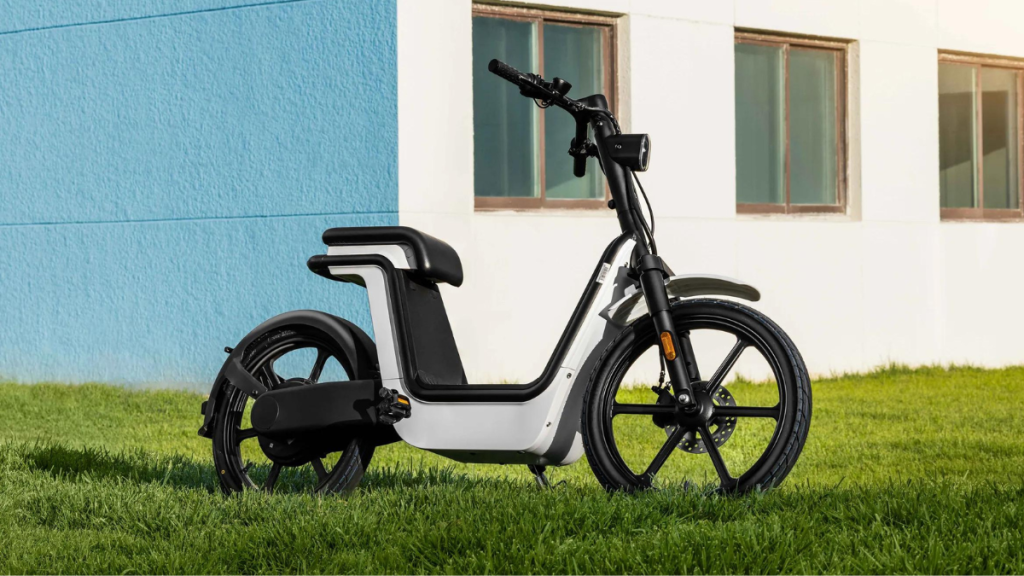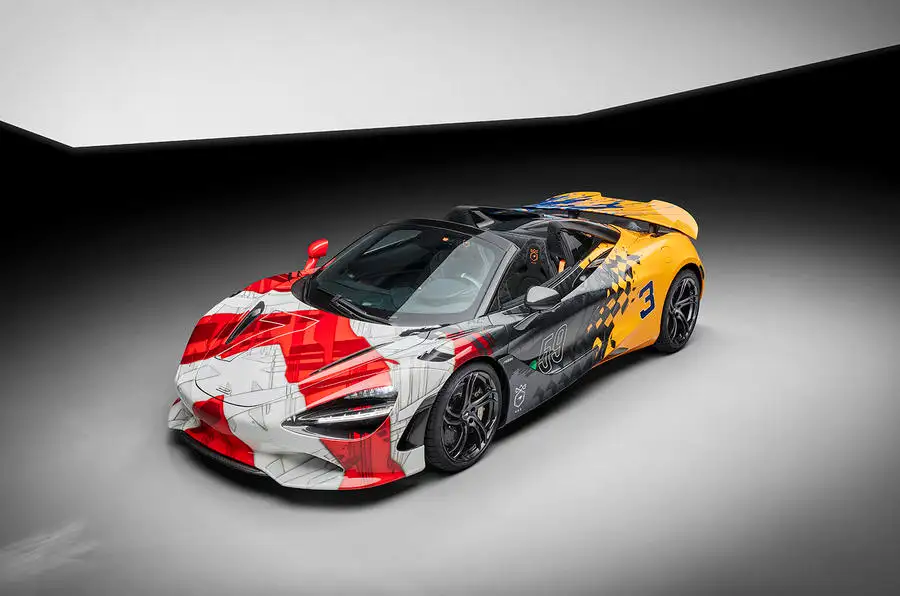In the rapidly advancing world of electric bike , Honda stands out as a stalwart pioneer committed to sustainable solutions. The Japanese automaker’s dedication to green technology spans over two decades, culminating in groundbreaking achievements like the Honda e electric mobility system. With a history of innovation and a strong environmental ethos, Honda’s foray into electric vehicles (EVs) is transforming the automotive landscape.
Honda’s Green Triumph The Honda e Electric bikes
Innovative Design and Performance: Honda’s commitment to sustainability extends beyond four wheels. While the Honda e electric car made its mark, Honda is now delving into the realm of two-wheelers with electric bikes. These bikes, with their futuristic designs, seamlessly blend sleek aesthetics with optimal functionality, marking a paradigm shift in the world of electric mobility.

Key Benefits of Honda’s Electric Bikes: Honda’s commitment to sustainable mobility shines through in the multitude of benefits offered by their electric bikes.
- Zero CO2 emissions contribute to reducing environmental pollution and promoting sustainable mobility.
- Freedom from frequent fuel stops makes electric bikes a more convenient and cost-effective choice in the long run.
- Advanced features such as intuitive electric powertrains and innovative design enhance the riding experience, making it both seamless and enjoyable.
- The compact size, stylish design, and impressive range make electric bikes a perfect fit for city commuting and urban life.
Industry Landscape and Honda’s Vision

A Glimpse into the Future: According to the European Environmental Agency, road transport accounts for nearly 22% of Europe’s total CO2 emissions. Acknowledging this, the International Energy Agency predicts global EV sales to reach 45 million by 2040. In response, Honda’s electric mobility strategy emerges as a proactive approach to combat climate change.
Honda’s Four-Pillar Strategy: To achieve sustainability in electric mobility, Honda has established the Electric Mobility Business Development Division, focusing on four pillars:
- Realizing a Carbon-Free Society: Honda aims to develop zero-emission vehicles to combat climate change and reduce greenhouse gas emissions.
- Eco-Friendly Electric Mobility: The focus is on creating electric mobility solutions that are not only eco-friendly but also affordable.
- Innovative Technology: Investment in innovative technology ensures the development of reliable, efficient, and convenient electric mobility solutions.
- Smart Infrastructure: Collaborating with partners to develop smart infrastructure solutions supports electric mobility and promotes sustainability.
Honda’s Electric Two-Wheeler Lineup: Honda’s commitment extends beyond four-wheelers, encompassing a lineup of electric two-wheelers, including electric bikes and scooters.
- Honda’s electric bikes offer a sustainable and eco-friendly riding experience.
- These bikes, with their innovative features and efficient electric powertrains, contribute to Honda’s vision of a greener future.
Honda’s Ambitious Sustainability Target

A Bold Pledge: In 2015, Honda set an ambitious sustainability target—to reduce its global CO2 emissions by 50% by 2050, compared to 2000 levels. While challenging, Honda has made significant strides towards achieving this goal, with a particular emphasis on electric mobility.
Honda’s Electric Vision for a Carbon-Neutral Future: Honda’s vision for a carbon-neutral society by 2050 is both ambitious and inspiring. The plan includes electrifying two-thirds of global automobile sales by 2030 and achieving a 100% ratio of battery electric vehicles (BEVs) and fuel-cell electric vehicles (FCEVs) by 2040. The introduction of the e:Architecture platform, dedicated to all future electric vehicle types, showcases Honda’s commitment to innovation.
Strategic Collaborations: In collaboration with partners, Honda aims to pave the way for sustainable electric mobility, not just in cars but also in the realm of two-wheelers.
Riding the Electric Wave What Lies Ahead Honda e bike
Innovations and Expansions: Honda’s renewed focus on sustainable electric mobility not only aligns with the industry’s trajectory but positions the company as a leader in the electric revolution. As electric mobility becomes the norm, Honda’s investments not only contribute to a greener future but also create new opportunities for growth and innovation in the electric two-wheeler segment.

Navigating the Post-Pandemic World
Electric Mobility in a Changing World: As the world grapples with the consequences of climate change and the aftermath of the pandemic, sustainability has become an urgent issue. Honda’s proactive approach to sustainable electric mobility positions the company at the forefront of this transformative period in the automotive industry.
A Call to Action: Honda’s electric vehicle strategy, when analyzed in the context of the post-pandemic world, becomes a beacon of hope and innovation. By investing in electric mobility solutions for both cars and two-wheelers, Honda not only addresses current challenges but also anticipates the evolving needs of a changing world.
You might be like this: Porsche 911 GT3 RS: The Art of Aerodynamic Mastery
conclusion
Honda’s electric odyssey is a testament to its commitment to sustainable and environmentally responsible mobility. From the Honda e’s revolutionary design and features to the broader vision for a carbon-neutral future, Honda is steering the automotive industry towards a greener horizon. As we navigate the complexities of a post-pandemic world, Honda’s electric mobility system, now extending to electric bikes, emerges as a sustainable solution, offering not only a glimpse into the future of transportation but actively shaping it. In a world where every decision counts, choosing Honda’s electric vehicles and bikes becomes more than a ride—it becomes a step towards a brighter, greener future.

